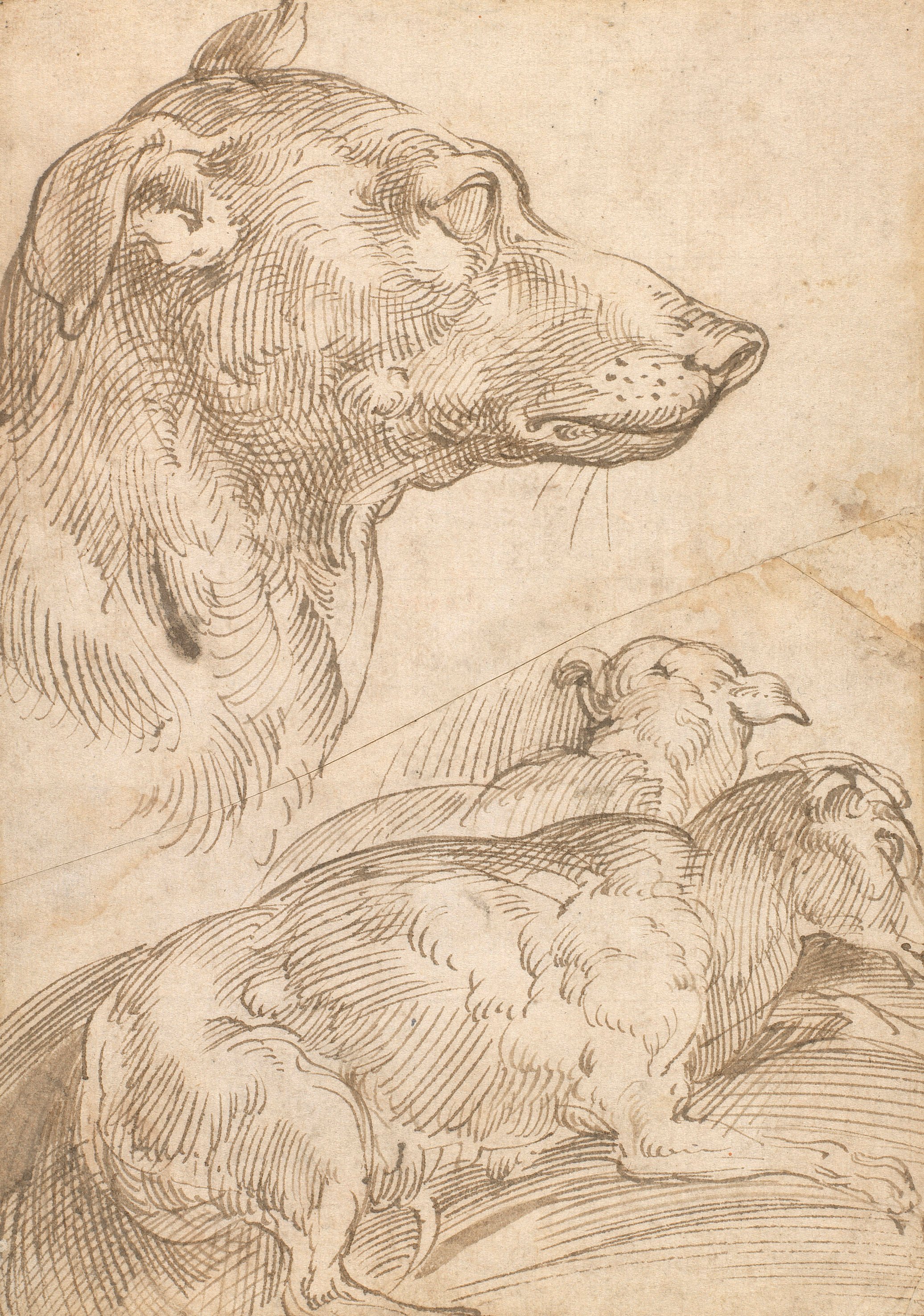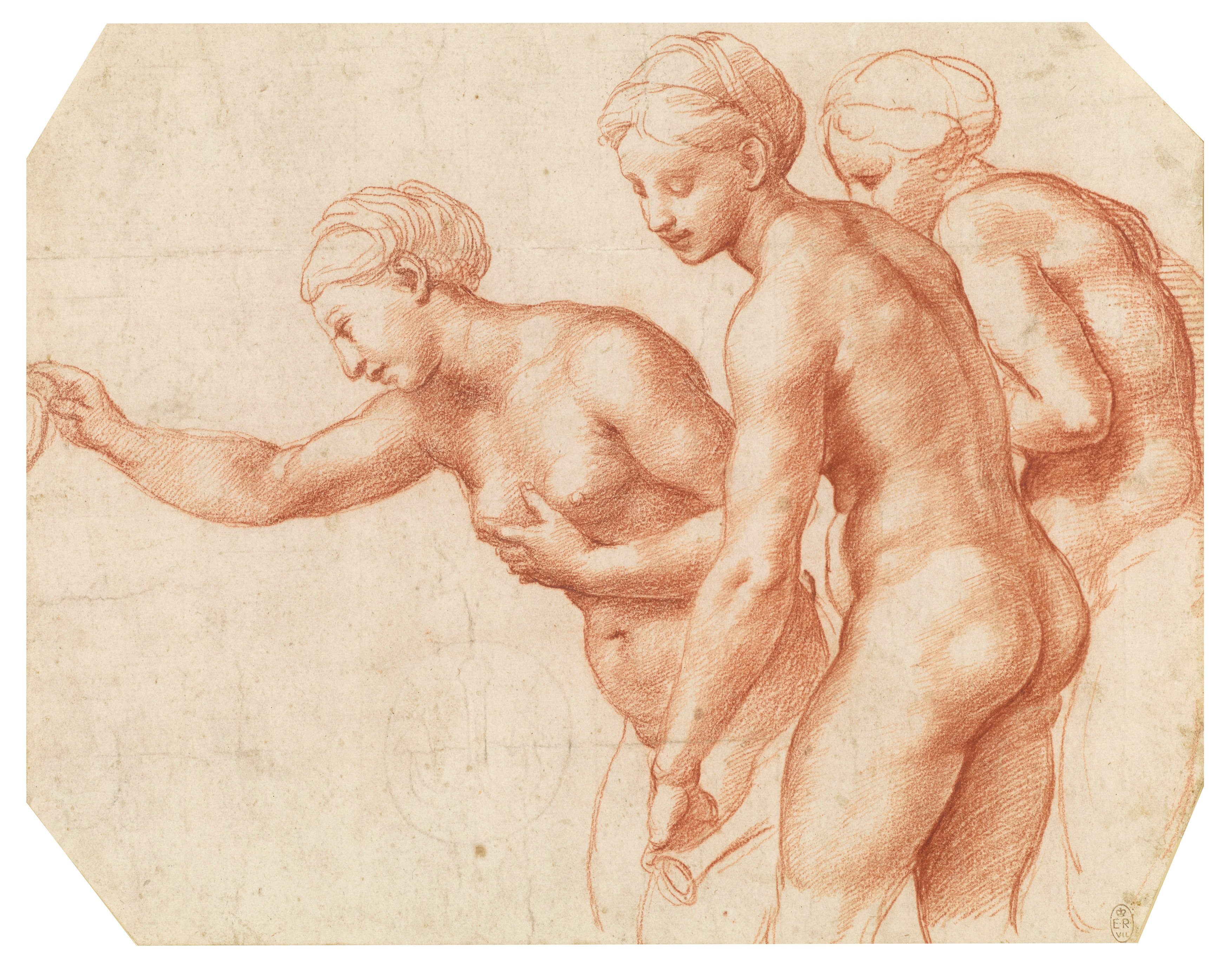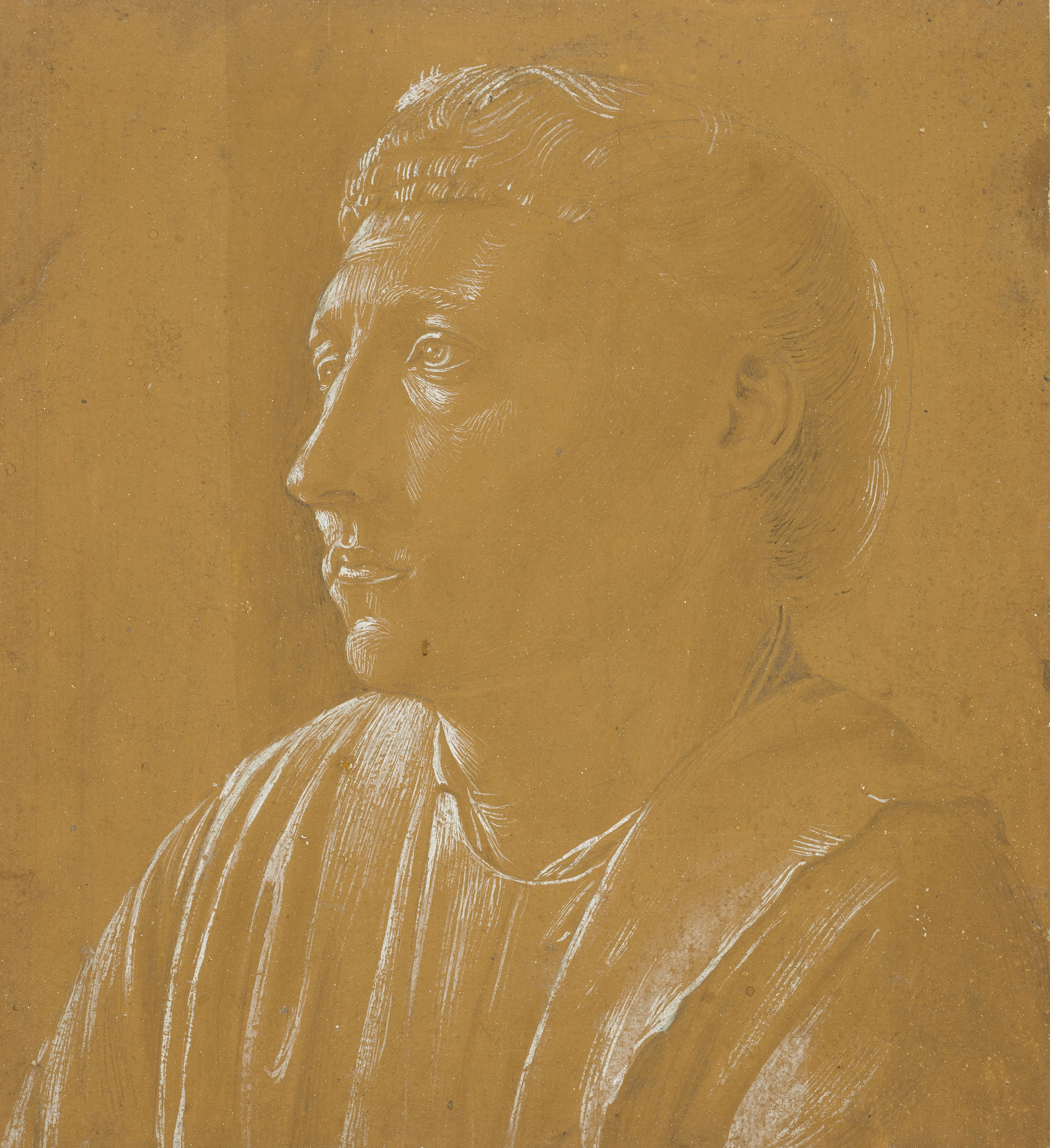Widest-ranging exhibition of Italian Renaissance drawings ever shown in the UK to be staged in London this autumn
Release date: Monday 5 August 2024
Drawing the Italian Renaissance
The King’s Gallery, Buckingham Palace
1 November 2024 – 9 March 2025
This autumn, the exhibition Drawing the Italian Renaissance at The King’s Gallery in London will bring together the widest range of drawings from this revolutionary artistic period ever to be shown in the UK.
Exploring the diversity and accomplishment of drawing across Italy between 1450 and 1600, the exhibition will feature around 160 works by over 80 artists including Leonardo da Vinci, Michelangelo, Raphael and Titian, all drawn from the Royal Collection, which holds one of the world’s greatest collections of Italian Renaissance drawings. Over 30 works will be on display for the first time, and a further 12 have never been shown in the UK.
Martin Clayton, curator of Drawing the Italian Renaissance, said: ‘The Royal Collection holds an astonishing array of Renaissance drawings. These big, bold, and colourful studies show just how exciting the art of drawing became during this time. The Italian Renaissance would have been impossible without drawing – it was central to every stage of the creative process. These drawings cannot be on permanent display for conservation reasons, so the exhibition is a unique opportunity to see such a wide range of drawings up-close and gain an insight into the minds of these great Italian Renaissance artists.’
The Renaissance saw a growing appreciation of individual creativity and a dramatic transformation in the way that artists worked. Drawing was at the heart of this development – evolving from a simple tool of workshop practice to an exciting means to explore visual ideas, develop new compositions and study the world.
Most drawings from this period were created as preparation for projects in a variety of media, from paintings and prints to architecture, sculpture, metalwork, tapestry and costume, with a small number created as works of art in their own right. Together, these works reflect the artists’ creative genius and the infinitely varied medium of drawing.
Artists usually drew from posed models, often their male assistants, to hone their skills and pursue originality and dynamism in their compositions. A star drawing is Raphael’s The Three Graces in red chalk, c.1517–18, a study of one model in three poses, made for his fresco of the Wedding Feast of Cupid and Psyche in the Villa Farnesina, Rome. Raphael was one of the few Renaissance artists to draw from a nude female model. Another highlight will be Fra Angelico’s detailed head study The bust of a cleric, c.1447–50, thought to have been done in preparation for his frescos in the chapel of Pope Nicolas V in the Vatican. It is the earliest sheet on display and a rare surviving drawing by the great Florentine painter.
Studies of plants and animals will demonstrate artists’ search for realism and an understanding of the natural world, while a section exploring designs for the applied arts will show that the leading artists of the Renaissance were skilled all-round designers, who could be asked to devise works in any medium. A striking example is A costume study for a masque by Leonardo da Vinci, c.1517–18. Leonardo spent the last years of his life at the French court and designed fantastical costumes for the festivities held by the French king, Francis I.
The exhibition will introduce visitors to works by lesser-known artists, many on display for the first time, which reveal the variety and richness of the medium. They include Paolo Farinati’s c.1590 study of three mythological figures under an arch, on which the artist inscribed instructions to his assistants: ‘You may do it as you fancy when you are on the scaffolding'.
Finally, the exhibition will explore sacred compositions, such as Michelangelo’s The Virgin and Child with the young Baptist, c.1532, secular decorations, and drawings made to be given as gifts or collected.
Throughout the exhibition, visitors will learn how the materials available to artists expanded significantly during this period, but also see how drawing has continued to diversify to the present day. Three Artists in Residence, appointed in partnership with the Royal Drawing School, will be drawing in the gallery spaces on Mondays, Thursdays and Fridays throughout the exhibition’s run. Visitors are also encouraged to draw – paper and pencils will be available.










